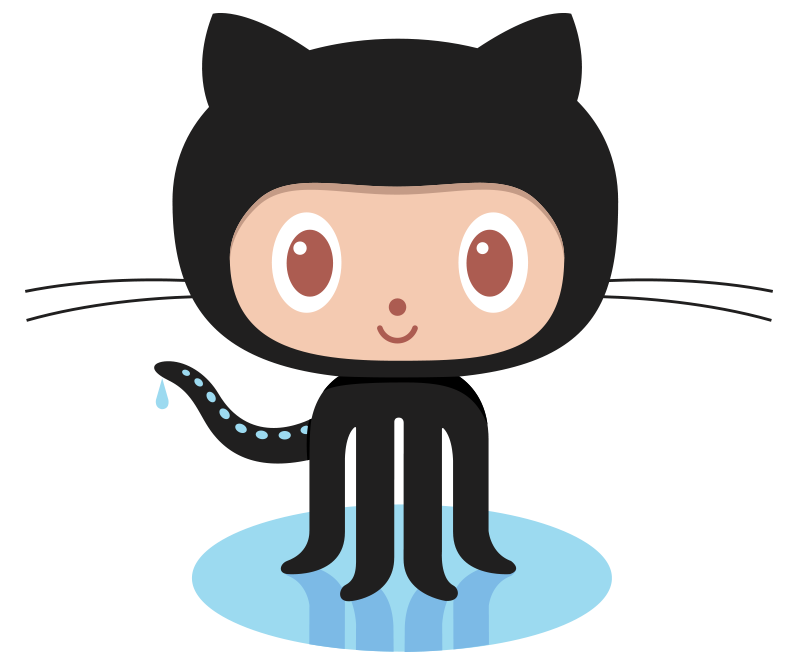Clones in Deep Learning Code: What, Where, and Why?
Published:
Hadhemi Jebnoun, Md Saidur Rahman, Foutse Khomh, and Biruk Asmare Muse, "Clones in Deep Learning Code: What, Where, and Why?", Empirical Software Engineering (EMSE), Volume 27, Article 84, pages 75, 2022. ![]()
![]()
Abstract
Deep Learning applications are becoming increasingly popular worldwide. Developers of deep learning systems like in every other context of software development strive to write more efficient code in terms of performance, complexity, and maintenance. The continuous evolution of deep learning systems imposing tighter development timelines and their increasing complexity may result in bad design decisions by the developers. Besides, due to the use of common frameworks and repetitive implementation of similar tasks, deep learning developers are likely to use the copy-paste practice leading to clones in deep learning code. Code clone is considered to be a bad software development practice since developers can inadvertently fail to properly propagate changes to all clones fragments during a maintenance activity. However, to the best of our knowledge, no study has investigated code cloning practices in deep learning development. The majority of research on deep learning systems mostly focusing on improving the dependability of the models. Given the negative impacts of clones on software quality reported in the studies on traditional systems and the inherent complexity of maintaining deep learning systems (e.g., bug fixing), it is very important to understand the characteristics and potential impacts of code clones on deep learning systems. This paper examines the frequency, distribution, and impacts of code clones and the code cloning practices in deep learning systems. To accomplish this, we use the NiCad clone detection tool to detect clones from 59 Python, 14 C#, and 6 Java based deep learning systems and an equal number of traditional software systems. We then analyze the comparative frequency and distribution of code clones in deep learning systems and the traditional ones. Further, we study the distribution of the detected code clones by applying a location based taxonomy. In addition, we study the correlation between bugs and code clones to assess the impacts of clones on the quality of the studied systems. Finally, we introduce a code clone taxonomy related to deep learning programs based on 6 DL software systems (from 59 DL systems) and identify the deep learning system development phases in which cloning has the highest risk of faults. Our results show that code cloning is a frequent practice in deep learning systems and that deep learning developers often clone code from files contain in distant repositories in the system. In addition, we found that code cloning occurs more frequently during DL model construction, model training, and data pre-processing. And that hyperparameters setting is the phase of deep learning model construction during which cloning is the riskiest, since it often leads to faults.

 Google Scholar
Google Scholar ResearchGate
ResearchGate DBLP
DBLP GitHub
GitHub